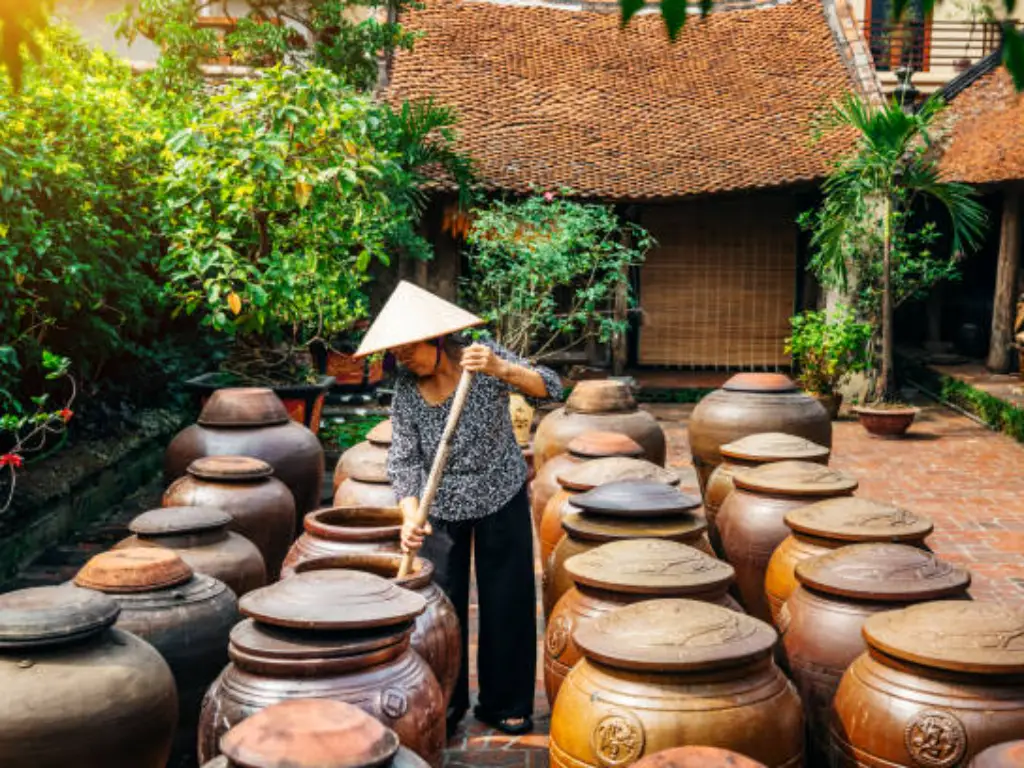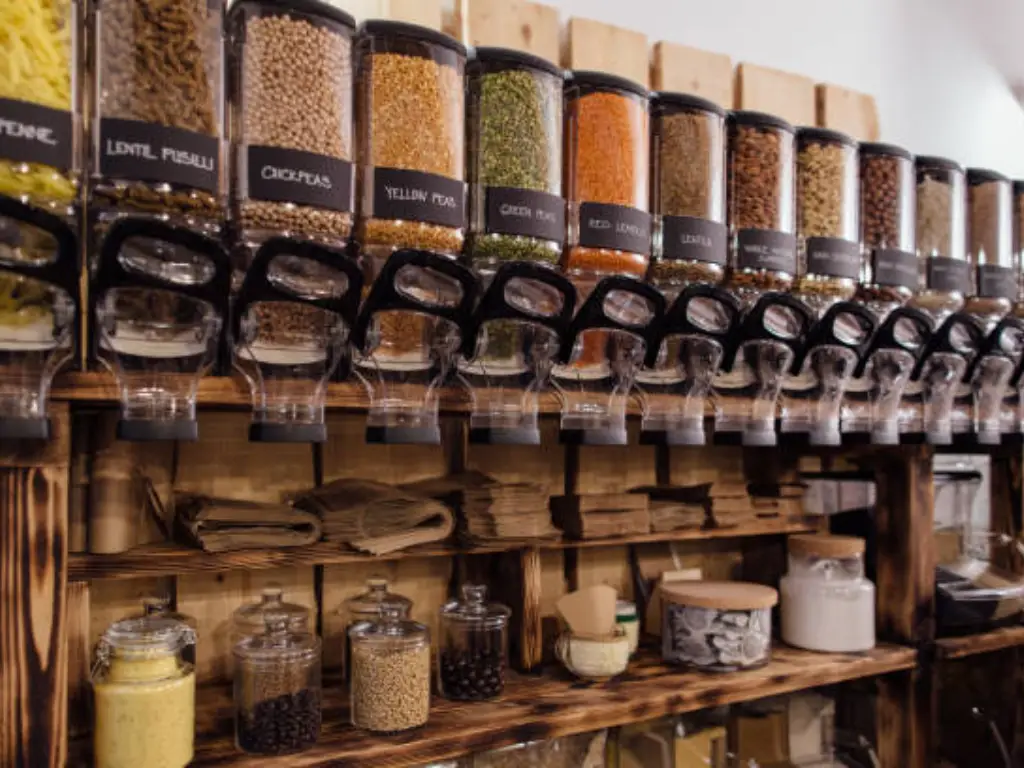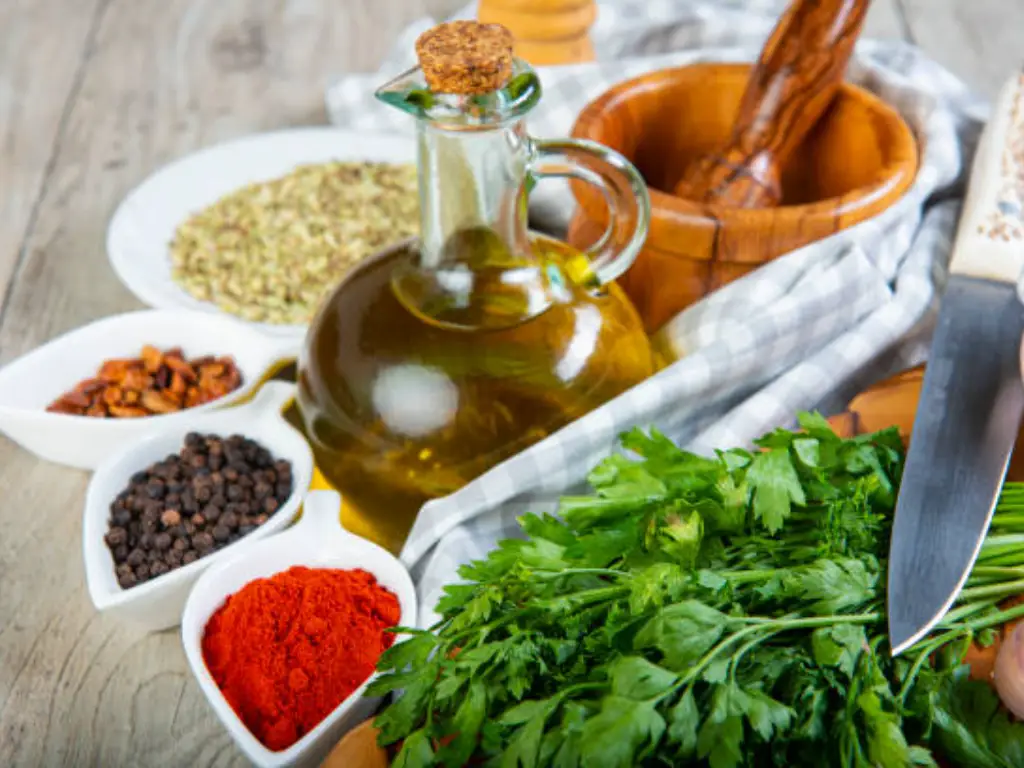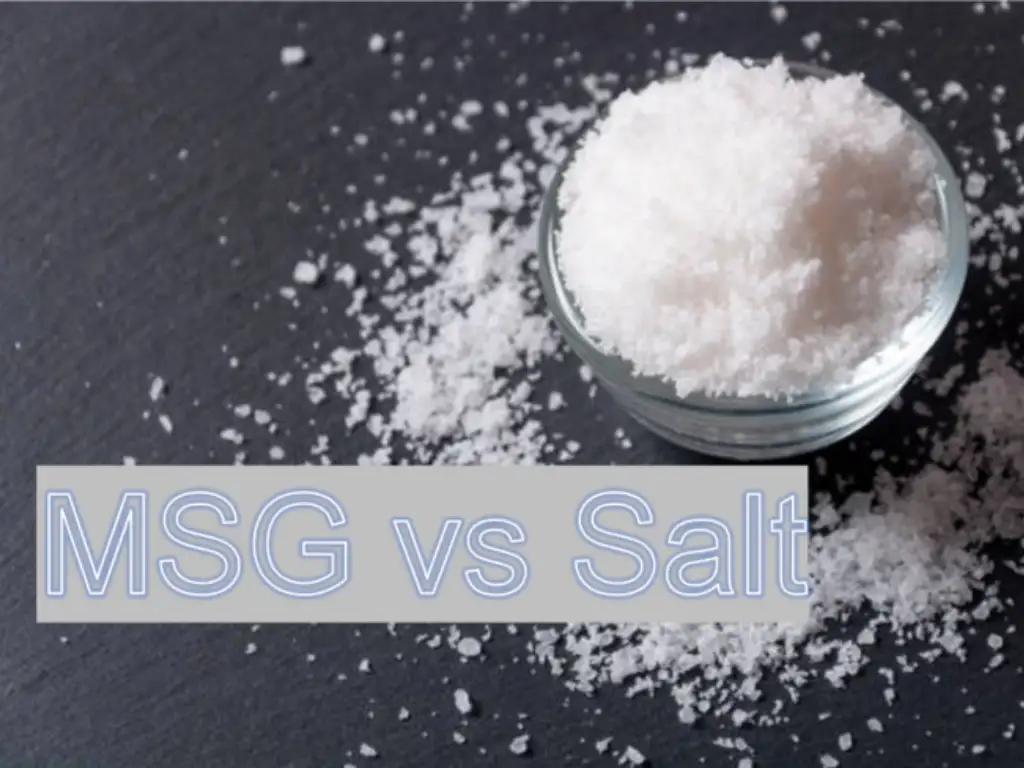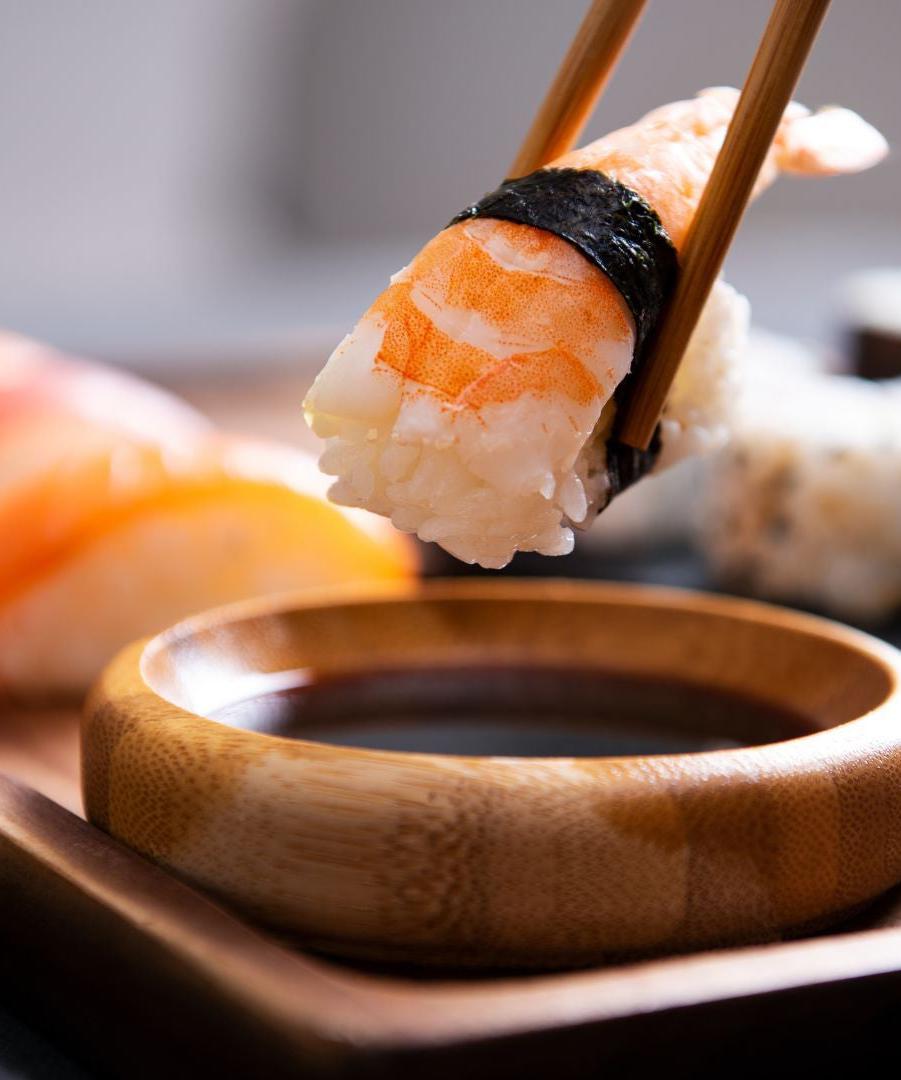


Email :
customer@prb.cn Recipe Books
Recipe Books
 PRB Soy Sauce Museum
PRB Soy Sauce Museum
Table of Contents

As a seasoned expert in the seasoning industry with over a decade of experience, I specialize in the health research of condiments such as soy sauce, monosodium glutamate (MSG), concentrated soy sauce, and chicken essence. Throughout my career, I have honed my expertise in distinguishing high-quality seasonings and have developed a deep understanding of taste preferences across different countries and cultures.

From Field to Flavor: How Are Spices Made- Oct 16, 2024
Preserving Flavor: Do Seasonings Expire?- Oct 16, 2024
Health Trends Impacting the Spices and Seasonings Market- Oct 16, 2024
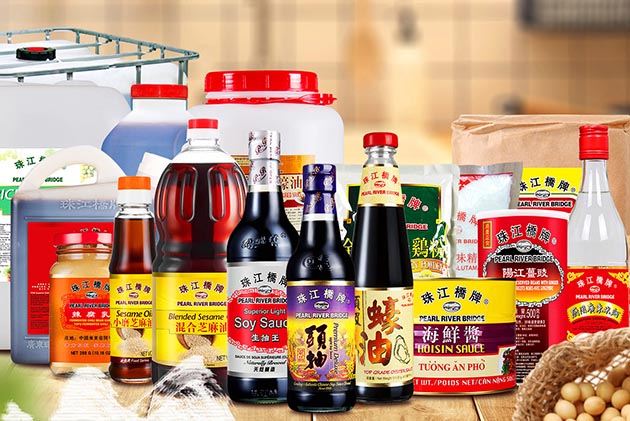
Chinese sauces, with their rich history and integral role in Asian cuisine, are gaining global popularity. But how do you carve a niche in this competitive market?
With the rise of Asian cuisine worldwide, traditional Chinese sauces like soy sauce, oyster sauce, and seafood sauce are in high demand. Consumers are seeking authentic flavors, making it a prime time to venture into this market. For those who want to take it a step further, making their own sauce can be a fun and rewarding experience.
While there are established brands in the Chinese sauce market, there’s always room for innovation and authenticity. The first step, dive deep into market research and understand the giants in the industry, the average price of your competitors, and the retail price on the market now, then develop a solid business plan that highlights your unique selling proposition.


Crafting a unique recipe that stands out from competitors requires a blend of tradition, innovation, and a deep understanding of flavors. Here’s a step-by-step guide to help you differentiate your sauce recipe:
1. Understand the Basics: Before you can innovate, you need to understand the foundational elements of the sauce you’re creating. For instance, if you’re making soy sauce, know the traditional ingredients and fermentation process. Once you have a solid understanding of the basics, you can move on to the next step of creating a unique and innovative sauce.
2. Research Your Competitors: Purchase sauces from your main competitors at grocery stores. Taste them, analyze their ingredient lists, and identify any common flavor profiles or ingredients.
3. Identify Your Unique Selling Proposition (USP): Decide what will make your sauce stand out to your target market. It could be incorporating unique ingredients, using a special cooking technique, or even having a catchy name that sticks in people’s minds. Don’t forget to consider how you can optimize your online presence, such as by creating a website or listing your product on Google.
4. Source High-Quality Ingredients: The quality of your ingredients can significantly impact the final flavor, especially in a commercial kitchen. Consider organic or locally-sourced ingredients, which can also be a selling point. Additionally, offering free samples can be a great way to showcase the quality of your ingredients and attract potential customers.
5. Experiment and Refine: Once you have a basic idea, start experimenting. Create small batches, adjusting ingredients and proportions until you achieve the desired flavor and consistency.
6. Gather Feedback: Share samples with friends, family, or even a focus group. Collect feedback on taste, texture, and overall appeal. Use this feedback to make any necessary adjustments. If you are a sauce company, this feedback can help you improve your product and make it more appealing to your target audience.
7. Consider Health and Dietary Trends: If there’s a rising trend in health-conscious or dietary-specific consumers, consider catering to them with natural ingredients from natural food stores. For instance, a gluten-free soy sauce or a reduced-sodium variant can appeal to a specific market segment. Another option is to offer a spicy alternative, such as a hot sauce, for those who enjoy a little heat in their meals. With the increasing availability of recipes and cooking tutorials on the internet, it’s easier than ever to find inspiration for new and exciting dishes.
8. Ensure Consistency: Once you’ve crafted your unique recipe, it’s essential to maintain consistency in every batch. This consistency ensures that your customers get the same great taste every time they purchase your sauce.
9. Protect Your Recipe: If your sauce truly has a unique flavor profile or ingredient list, consider keeping the specifics of the recipe confidential. While you’ll need to list ingredients for legal requirements, the exact proportions or specific processes can remain proprietary.
10. Continuous Improvement: Tastes and trends evolve. Regularly revisit your recipe, gather feedback, and be open to making refinements over time to increase brand awareness.
Remember, while it’s essential to differentiate your sauce, it’s equally crucial to ensure that the critical factors align with your brand’s values and resonate with your target audience in niche markets with careful consideration. The goal is to create a sauce that not only stands out but also becomes a preferred choice for consumers.


Before mass production, ensure you meet all regulatory requirements, you can consult your local governments.
Getting your sauce FDA-approved is a crucial step if you’re planning to sell it in the United States. The FDA (U.S. Food and Drug Administration) ensures that foods sold in the U.S. are safe, wholesome, and properly labeled. Here’s a step-by-step guide to getting your sauce FDA-approved:
1. Understand FDA Regulations: Before starting the approval process, familiarize yourself with the FDA’s regulations for food products. The FDA’s website provides comprehensive resources, including the Food Code and the Code of Federal Regulations (CFR).
2. Register Your Facility: If you’re manufacturing, processing, packing, or holding the sauce for consumption in the U.S., you must register your facility with the FDA. This can be done online through the FDA’s Food Facility Registration page.
3. Labeling Compliance: Ensure your product label complies with FDA regulations. This includes:
4. Follow Good Manufacturing Practices (GMPs): GMPs are guidelines that provide a system of processes, procedures, and documentation to ensure the product is consistently produced and controlled according to quality standards. This includes cleanliness, training, process controls, and more.
5. Acidified and Low-Acid Canned Foods: If your sauce falls under the category of acidified or low-acid canned foods, you’ll need to follow additional regulations. This includes registering your facility as a canning establishment and filing your processes with the FDA.
6. Product Testing: Depending on the type of sauce, you might need to test it for pathogens, toxins, or other contaminants. This ensures the safety of the product for consumers.
7. Record Keeping: Maintain detailed records of your production processes, ingredient sourcing, testing results, and more. The FDA may request these records during inspections.
8. FDA Inspection: The FDA periodically inspects food facilities to ensure compliance with regulations. Be prepared for these inspections by maintaining a clean facility, keeping accurate records, and having processes in place to ensure food safety.
9. Report Any Issues: If you discover any issues with your sauce (e.g., contamination or mislabeling), you’re required to report it to the FDA. This can be done through the Reportable Food Registry.
10. Stay Updated: FDA regulations can change. Stay updated with any new guidelines or changes to ensure ongoing compliance.
Note: While the FDA provides oversight and regulations, it doesn’t provide “approval” for most food products in the traditional sense. Instead, it’s the responsibility of the manufacturer to ensure the product is safe, properly labeled, and in compliance with all FDA regulations. If you’re unsure about any step or need further guidance, consider consulting with a regulatory expert or legal counsel familiar with FDA regulations.

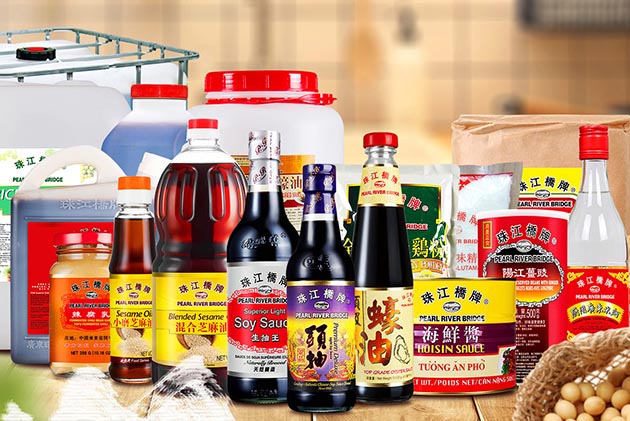

The essence of any Chinese sauce lies in its ingredients. And the right supplier can make all the difference.
The flavor profile of sauces like soy and oyster heavily depends on the quality of the ingredients. Source the best soybeans, oysters, and other essentials. Consider the origin, freshness, and sustainability.
1. Define Your Needs:
2. Request Samples: Before committing to a supplier, request samples of both ingredients and bottles. This allows you to assess the quality firsthand.
3. Check Certifications: Ensure potential suppliers have the necessary certifications, especially if you’re looking for organic or specialty ingredients. Certifications can include ISO, HACCP, USDA Organic, and more.
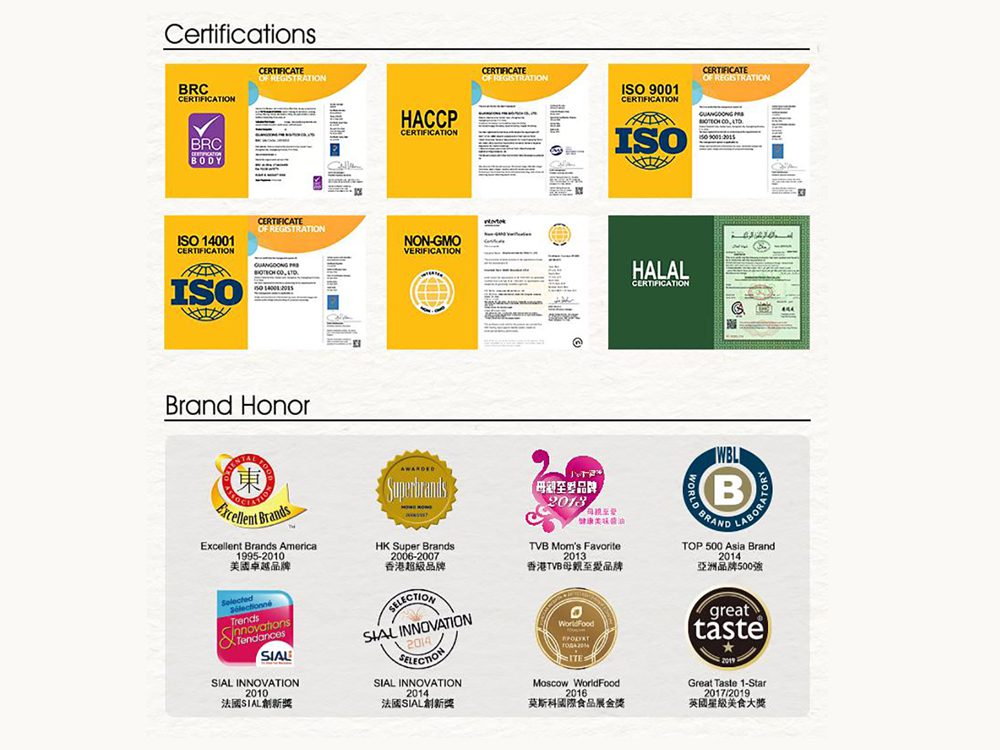
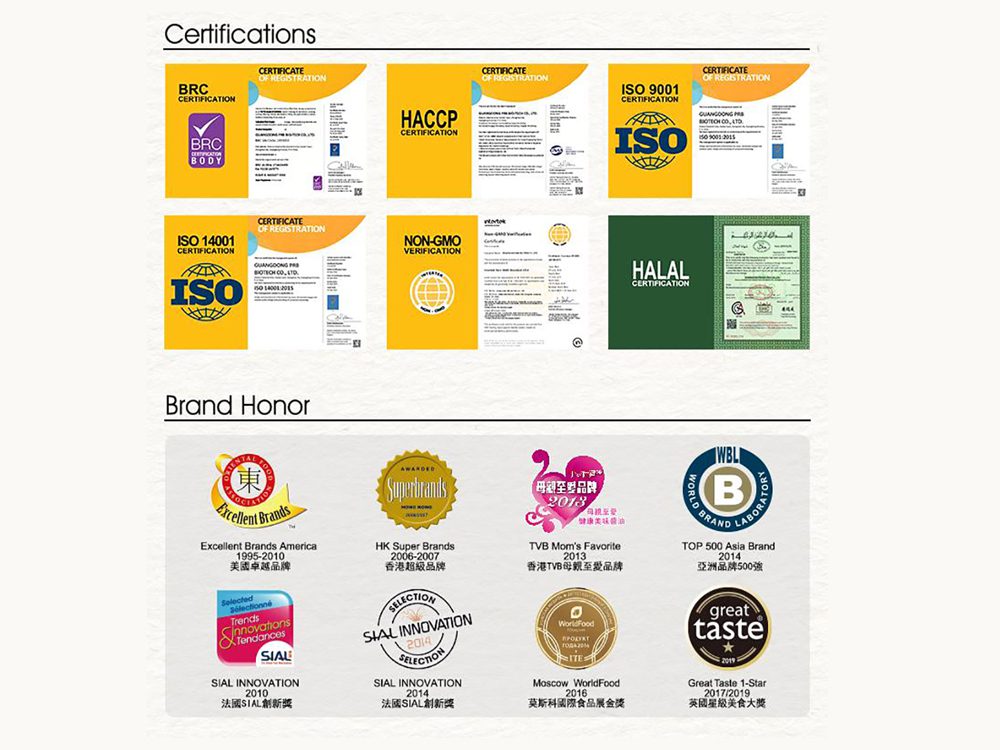
4. Visit the Supplier: If possible, visit the supplier’s facility. This gives you insight into their operations, cleanliness standards, and overall reliability.
5. Negotiate Terms: Once you’ve identified potential suppliers:
6. Check References: Ask suppliers for references or case studies of other businesses they’ve worked with. Reach out to these references to get feedback on the supplier’s reliability, product quality, and customer service.
7. Start with a Trial Order: Before placing a large order, start with a smaller trial order to assess the supplier’s punctuality, product quality, and overall service.
8. Building strong vendor relationships: Choosing the right supplier is crucial for several reasons:
Remember, the quality of your final product is heavily influenced by the ingredients and packaging you use. Taking the time to carefully select and build relationships with suppliers can set the foundation for a successful sauce business.
Chinese sauces often involve traditional methods. How do you maintain authenticity while meeting demand?
Begin with small quantities, ensuring the flavor and quality are consistent. Especially when launching a new product or refining an existing one, offers several advantages:
1. Minimized Risk: If there’s an issue with the recipe, production process, or any other aspect, you’ll have a smaller quantity of potentially wasted product. This reduces financial risk and potential reputational damage.
2. Quality Control: It’s easier to maintain and monitor the quality of a smaller batch. You can ensure consistency, taste, and overall product standards without the challenges that come with larger-scale production.
3. Feedback Collection: Small batches allow you to distribute samples to a select group of consumers, chefs, or industry experts. Their feedback can provide invaluable insights into potential improvements or adjustments.
4. Flexibility: If you need to make changes based on feedback or unforeseen challenges, smaller batches offer greater flexibility. You can quickly pivot and adjust your recipe or process without the constraints of large-scale production.
5. Inventory Management: Storing large quantities of a new product can be challenging, especially if you’re unsure of its market demand. Small batches prevent overstocking and potential wastage.
6. Market Testing: Before a full-scale launch, you can introduce your product to a limited market segment. This helps gauge demand, pricing strategies, and overall market reception.
In essence, starting with small batches is a strategic approach that prioritizes quality, feedback, and flexibility. It allows for a more controlled and iterative process, setting a strong foundation for eventual large-scale production and market success.


As demand grows, consider modern equipment that respects traditional methods. This balance ensures large-scale production without compromising quality.
Your brand is the face of your sauce in the market. It should resonate with authenticity and the rich heritage of Chinese cuisine. If your supplier can offer support on label designing, it would be a great help.
Your label should reflect the essence of your sauce. Incorporate elements that hint at its Chinese origins, perhaps with traditional motifs or calligraphy. Whether you’re selling in local markets or internationally, your label should evoke a sense of authenticity.
Glass bottles are a popular choice for sauces due to their ability to preserve flavor. Consider eco-friendly packaging that aligns with modern sustainability standards while ensuring the sauce’s longevity.
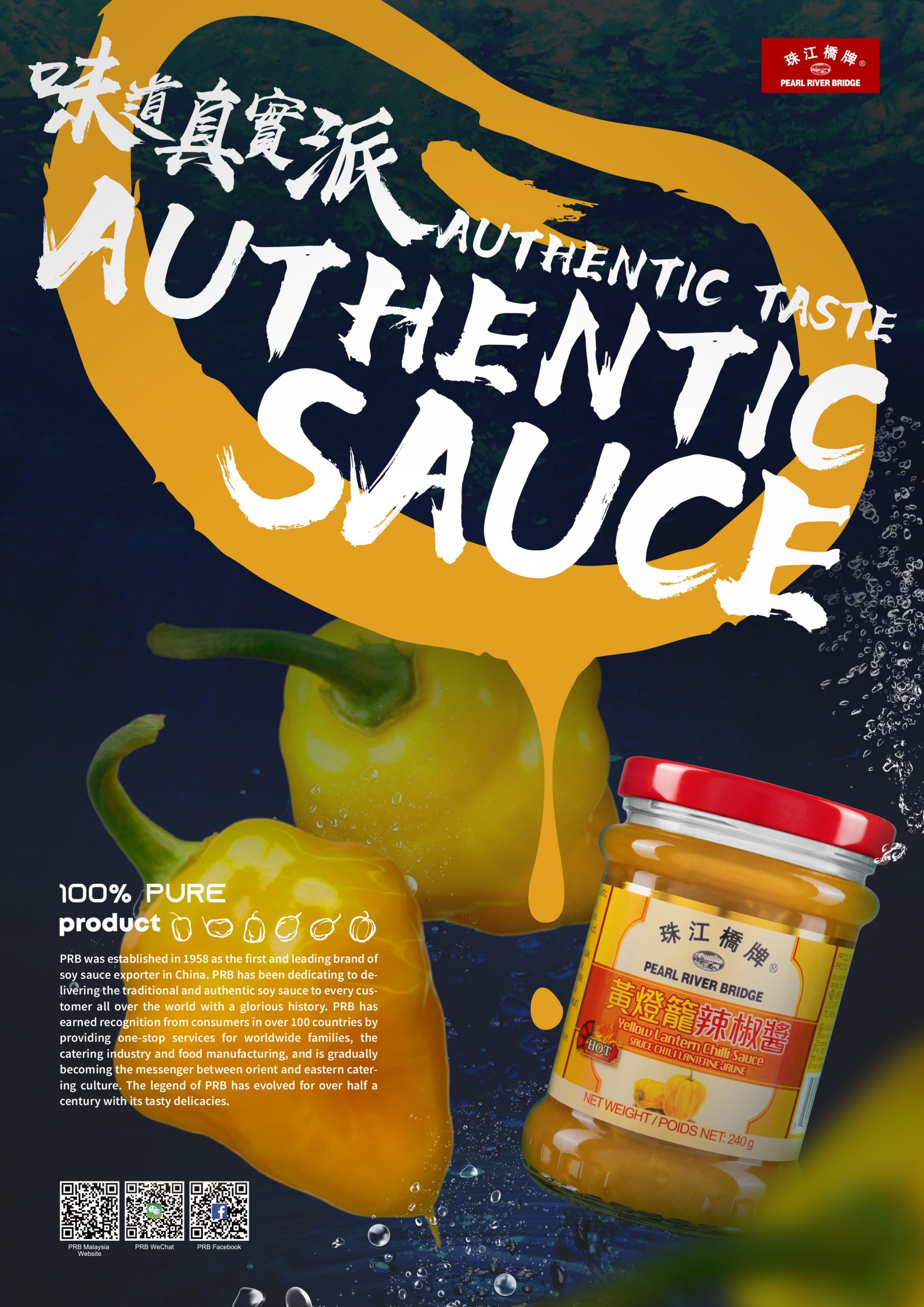
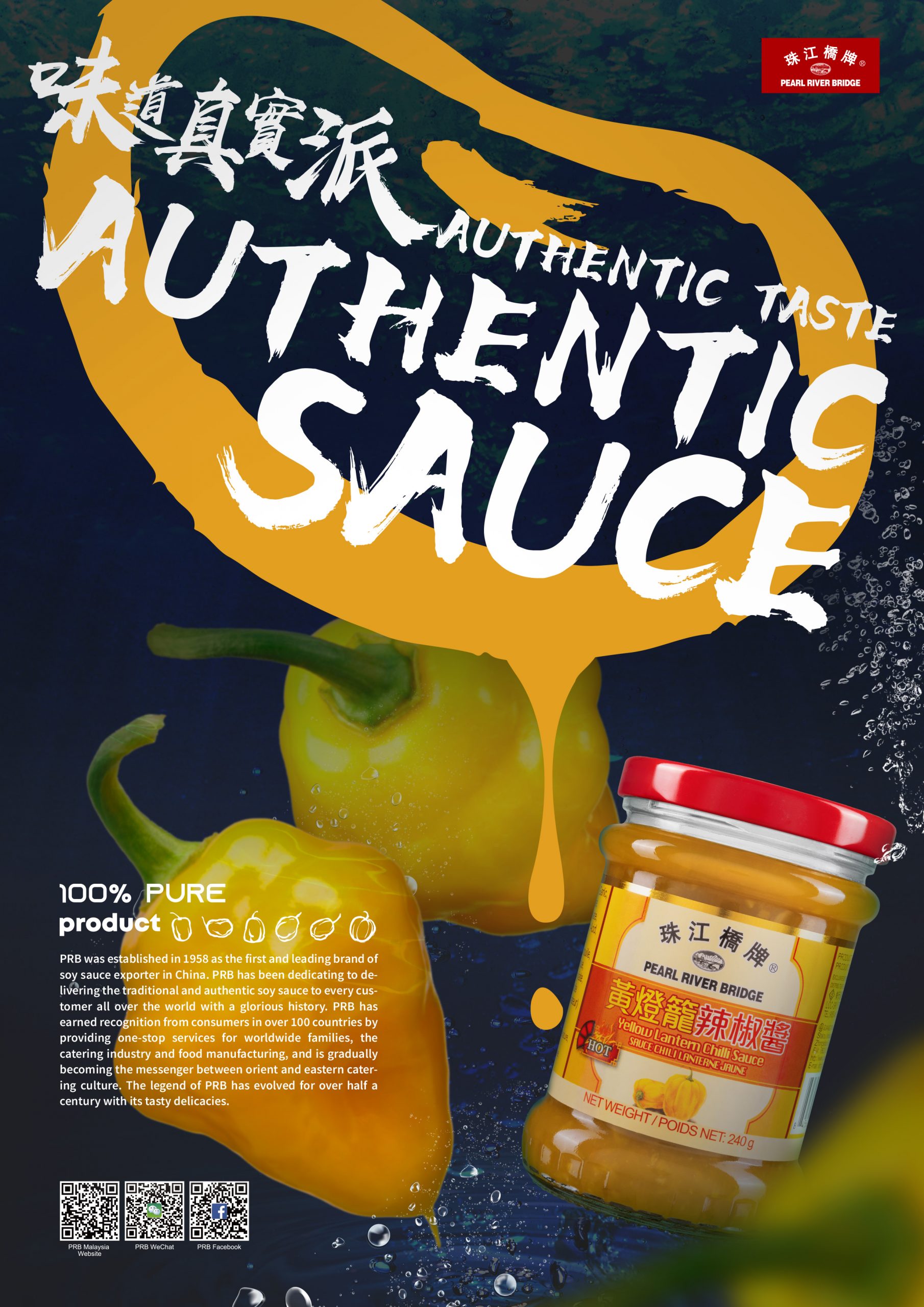
Your pricing strategy should reflect the quality and authenticity of your sauce while ensuring profitability.
Total cost analysis and markup considerations: Factor in the costs of ingredients, production, packaging, and marketing. Then, decide on a markup that ensures profitability and remains competitive in the Chinese sauce market.
Competitive pricing in the Chinese sauce market: Research the pricing of similar sauces in the market. If your sauce offers something unique, it might command a higher price. However, always ensure you’re offering value to your customers.
Promoting a Chinese sauce requires a blend of traditional marketing and modern digital strategies.
Utilizing social media account and influencer: Platforms like Youtube are perfect for showcasing the rich texture and color of your sauces. Collaborate with food bloggers or chefs who can create dishes using your sauce, showcasing its versatility and flavor.
Attending food expos and trade shows: Introduce your sauces to a global audience. Engage with distributors, retailers, and consumers. Offering tastings can help potential customers experience the authenticity of your product firsthand.
The world is developing a palate for authentic Chinese flavors. How will you cater to this demand?
Incorporate sustainable practices not just because it’s a trend, but because it’s the right thing to do.
Environmentally-friendly production practices: Can you reduce water usage in production? Or use renewable energy sources? Such practices can enhance your brand’s image and appeal to eco-conscious consumers.
Ethical sourcing and fair trade partnerships: Ensure that the farmers and producers of your ingredients are treated and paid fairly. Ethical practices enhance your brand’s reputation and ensure a guilt-free experience for your consumers.
Your sauce might be the primary product, but building a brand involves more than just the contents of the bottle.
Educational content and workshops: Host workshops or create content that educates consumers about the rich history of Chinese sauces, their traditional preparation methods, and their usage in various dishes.
Engaging with the community: Participate in community events, sponsor local events, or host sauce-tasting events. Building a community around your brand can lead to loyal customers and brand advocates.
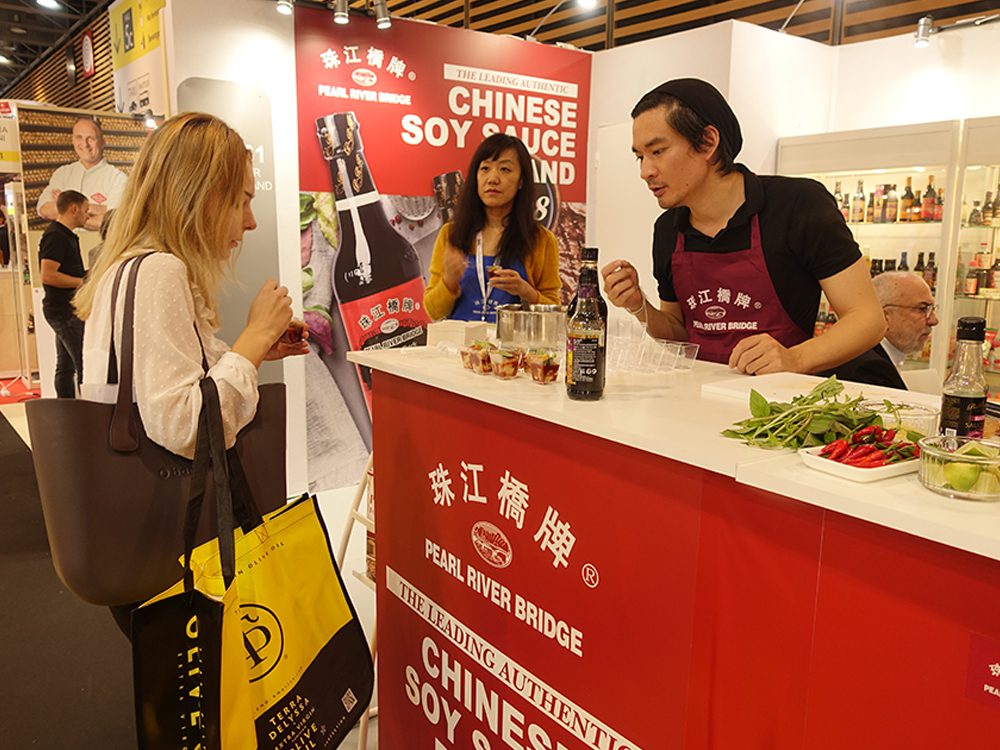
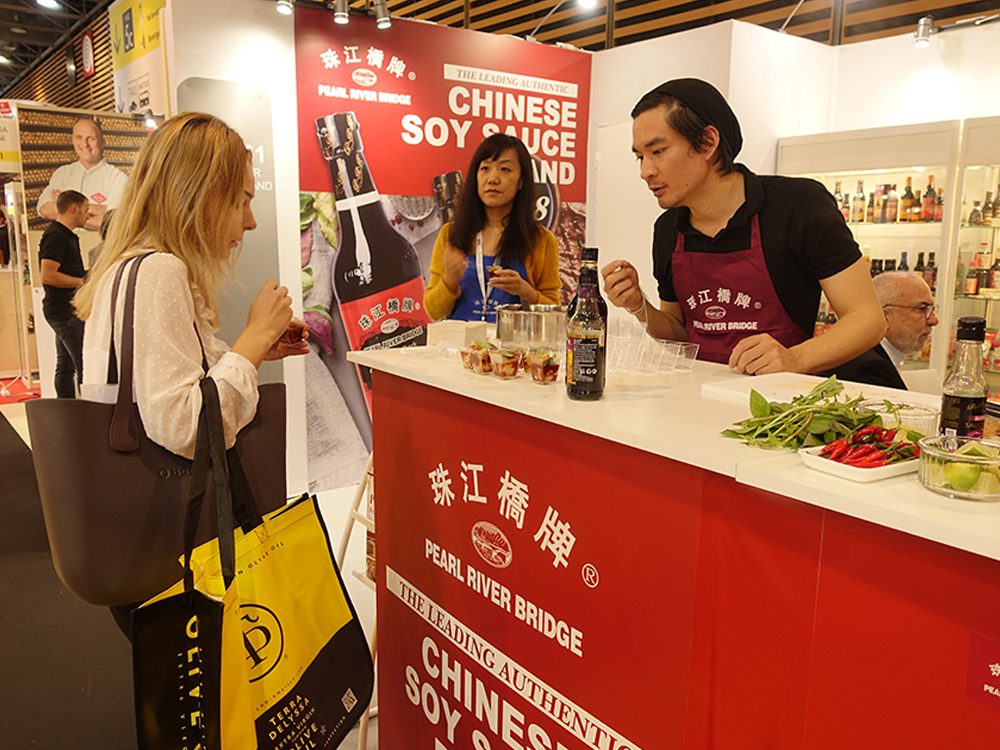
Loyal customers are the backbone of any successful business. They not only provide consistent sales but can also be your brand ambassadors. Here’s a guide to help you cultivate and maintain a devoted clientele:
1. Prioritize Product Quality: Consistency is key. Ensure that every bottle of sauce maintains the same high quality, taste, and texture. A consistent product experience fosters trust and repeat purchases.
2. Engage with Customers: Interact with your customers through social media, email newsletters, and in-person events. Regular engagement keeps your brand top-of-mind and fosters a sense of community.
3. Gather and Act on Feedback: Encourage customers to provide feedback and genuinely listen to their suggestions and concerns. Addressing feedback not only improves your product but also shows customers that you value their input.
4. Offer Loyalty Programs: Reward repeat customers with discounts, exclusive products, or early access to new releases. Loyalty programs incentivize repeat purchases and enhance customer retention.
5. Educate Your Audience: Share the story behind your sauces, the traditional methods used, and the unique ingredients sourced. Hosting workshops or creating content that educates consumers about the rich history of Chinese sauces can deepen their connection to your brand.
6. Provide Exceptional Customer Service: Prompt responses to inquiries, easy return policies, and addressing concerns with empathy can turn a one-time buyer into a lifelong customer.
7. Offer Bundling or Subscription Services: Bundling complementary sauces or offering subscription services can encourage customers to try more of your products and commit to regular purchases.
Building a loyal customer base for your Chinese sauce business requires a blend of quality products, consistent engagement, and genuine appreciation for your customers. By prioritizing their needs and valuing their feedback, you can cultivate a community of devoted fans who not only buy your sauces but also become brand ambassadors.


Navigating the Chinese sauce industry comes with its unique set of challenges and pitfalls. Being aware of these can help you make informed decisions and ensure the longevity and success of your business.
1. Overlooking Traditional Methods: While modern techniques can speed up production, it’s essential not to compromise on the traditional methods that give Chinese sauces their unique flavor.
2. Neglecting Market Research: The Chinese sauce market is vast. Not understanding regional preferences or international demands can lead to missed opportunities.
3. Underestimating the Importance of Freshness: Especially for sauces like oyster and seafood sauce, the freshness of ingredients is paramount.
4. Inconsistent Quality Control: Consistency is key in the food industry. Any deviation in taste or quality can lead to a loss of trust among consumers.
5. Not Leveraging Expertise: There are established players in the market, like Pearl River Bridge, a professional OEM sauce supplier in China. They not only offer high-quality sauces but also provide label design support, making them an excellent choice for businesses looking to expand or improve their product line. Collaborating with or learning from such industry leaders can provide invaluable insights and advantages.
While the Chinese sauce business offers immense potential, it’s essential to be aware of the challenges and pitfalls. By conducting thorough research, leveraging industry expertise, and staying updated with market trends, you can navigate these challenges and set your business up for success.
Once you’ve established a foothold in the market, it’s time to think about scaling and expanding.
Collaborations with restaurants and chefs: Partner with renowned chefs or restaurants. Having a prominent chef use your sauce in their dishes can be a significant endorsement. Collaborations can also lead to the creation of exclusive sauce variants or recipes.
Diversifying product range: While you might start with a specific type of sauce, consider introducing variations or entirely new sauces. For instance, a low-sodium soy sauce or a spicier version of a seafood sauce can cater to different market segments.
As your business grows, so will the complexities associated with financial management.
Regular financial audits: Ensure that you’re on top of your finances. Regular audits can help identify areas of wastage, potential savings, and investment opportunities.
Reinvestment strategies: Consider reinvesting a portion of your profits back into the business. Whether it’s in research and development, marketing, or expanding production facilities, strategic reinvestment can fuel growth.
Embarking on a journey to share the authentic flavors of Chinese sauces with the world is both challenging and rewarding. With a blend of tradition, innovation, and business acumen, you can create a legacy that transcends borders. Remember, in the world of Chinese sauces, it’s not just about the taste; it’s about the story, the heritage, and the passion poured into every bottle.
 Subscribe To Our Newslettter To Stay Tuned
Subscribe To Our Newslettter To Stay Tuned
 IPv6 network supported
IPv6 network supported
Hi! Click one of our members below to chat on
 English
English
 English
English français
français русский
русский español
español العربية
العربية

